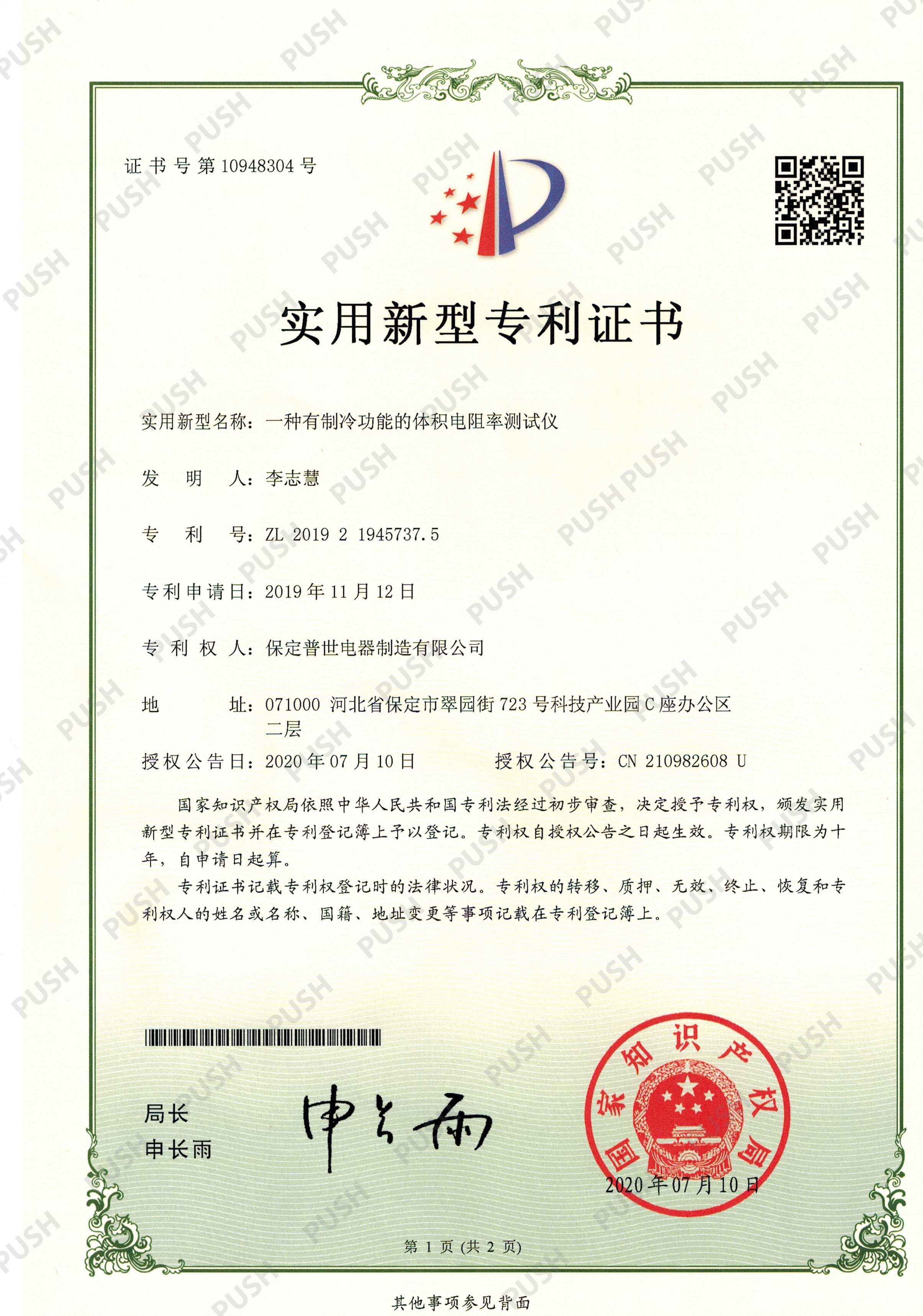 English
English


acid value tester
Understanding Acid Value Testers Importance and Applications
In the fields of chemistry, biology, and quality control, understanding the properties of substances is crucial for ensuring product integrity and safety. Among various measures, the acid value is a significant parameter that often requires precise evaluation. An acid value tester serves as an essential tool in determining the acidity of fats and oils, as well as other chemical compounds.
The acid value, expressed as milligrams of potassium hydroxide (KOH) required to neutralize the free acids in one gram of a substance, provides insight into the quality and condition of fats and oils. A high acid value typically indicates rancidity or degradation, which can lead to undesirable flavors and odors in food products, as well as reduced shelf life. Therefore, utilizing an acid value tester is critical for industries involved in the production and processing of edible oils, cosmetics, and lubricants.
How Acid Value Testers Work
Acid value testers can vary in design and complexity, from simple titration kits to advanced electronic devices. The basic principle remains consistent a known concentration of KOH is gradually added to a sample until the reaction reaches a neutral pH, indicated by a change in color or a specific electronic reading. The volume of KOH used is then calculated to determine the acid value of the sample.
For example, in a laboratory setting, a technician might weigh out a specific amount of oil, dissolve it in a neutral solvent, and titrate it with KOH. The resulting acid value gives an immediate indication of the oil's quality. Such assessments are vital for ensuring compliance with health regulations and for maintaining customer satisfaction.
acid value tester

Applications Across Industries
Acid value testing finds diverse applications across various sectors. In the food industry, it is crucial for evaluating the freshness of oils such as olive oil, canola oil, and fats used in baking and cooking. Rancid oils not only compromise flavor but can also pose health risks due to the production of harmful compounds.
In the cosmetic industry, acid value testing helps in formulating products that maintain stability and efficacy. For instance, creams and lotions must have precise acidity levels to avoid skin irritation and ensure optimal performance.
Additionally, in the field of lubricants, high acid values can indicate contamination or degradation, which can lead to machinery failure. Regular monitoring using acid value testers can prevent costly downtime and extend the lifespan of equipment.
Conclusion
Acid value testers are indispensable tools in assessing the quality and safety of various products within different industries. By providing a clear measure of acidity, these testers help manufacturers maintain high standards, ensuring that consumers receive safe and high-quality products. As technology advances, the accuracy and efficiency of acid value testers are poised to improve further, reinforcing their vital role in maintaining product integrity across multiple sectors. Understanding and utilizing these tools is essential for any professional involved in food production, cosmetics, or chemical manufacturing.
-
Differences between open cup flash point tester and closed cup flash point testerNewsOct.31,2024
-
The Reliable Load Tap ChangerNewsOct.23,2024
-
The Essential Guide to Hipot TestersNewsOct.23,2024
-
The Digital Insulation TesterNewsOct.23,2024
-
The Best Earth Loop Impedance Tester for SaleNewsOct.23,2024
-
Tan Delta Tester--The Essential Tool for Electrical Insulation TestingNewsOct.23,2024





